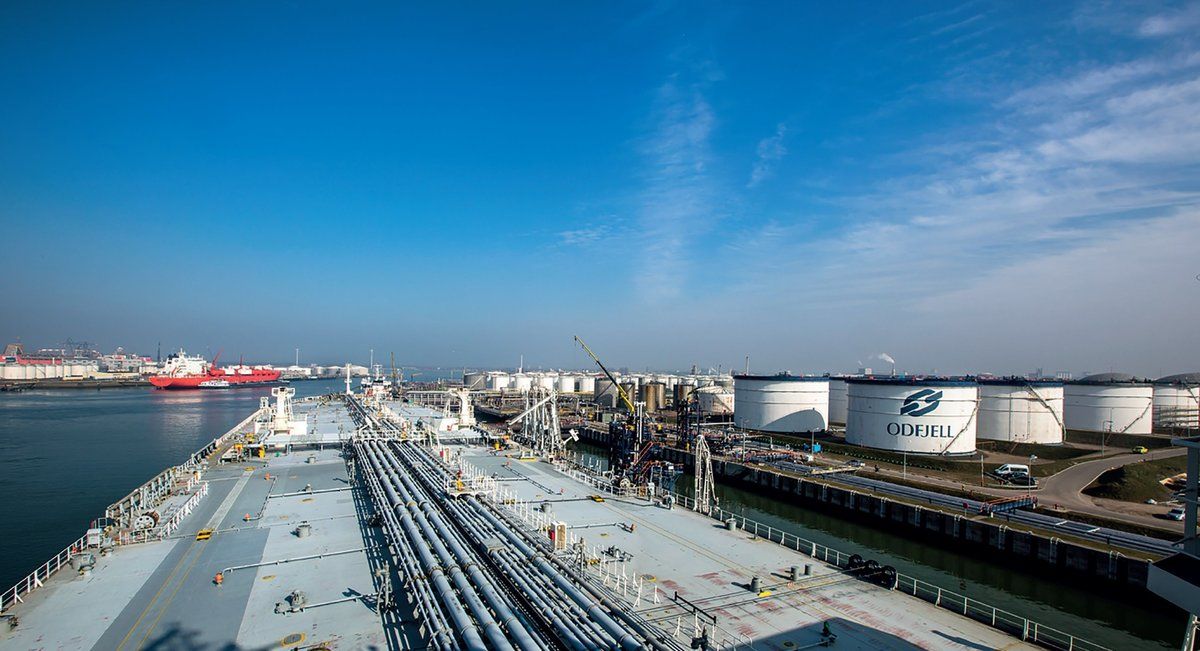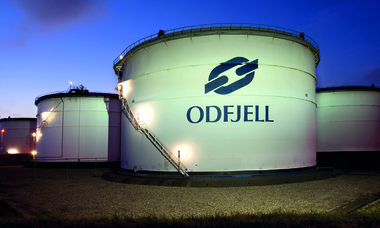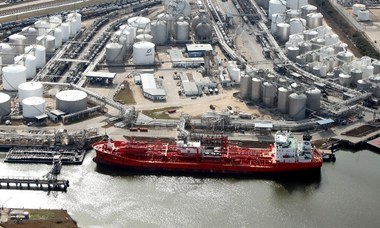While an influx of capital into the mature ARA hub has led to more storage capacity being built, Odfjell Terminals Rotterdam is focusing on excelling in specialist product ranges to provide more market value.
After several years of favourable contango conditions, the ARA is now oversupplied with middle distillate and petrol storage – and more is yet to come by market players in Rotterdam, Amsterdam and Antwerp thanks to easy access to capital against favourable terms.
However, executives at Odfjell Terminals Rotterdam are looking to expand in certain specialised markets where they can add the most value to their customers.
As it brings the last of its storage capacity into operation following the issues it faced in 2012, CEO Frank Erkelens explains how a comprehensive masterplan detailing the future strategy of the terminal ensures the company will excel in an otherwise crowded market.
The masterplan centres on Odfjell’s ethos of being the best-in-class in terms of safety, service and efficiency.
The five-year strategy comprises three main pillars: safe operations, a product specific commercial strategy for storage and increased utilisation of its Petrochemical Industrial Distillation (PID) plant and operational performance improvements.
“Our Rotterdam facility is a main part of our terminal network and as such we want to have a dedicated plan for its future,” says Erkelens.
“We need to identify the markets that we are going to focus on going forward and what infrastructure is needed to provide associated services and ultimately provide the most value to our shareholders. We are focused on positioning ourselves in markets we feel we can differentiate ourselves from our competition.”
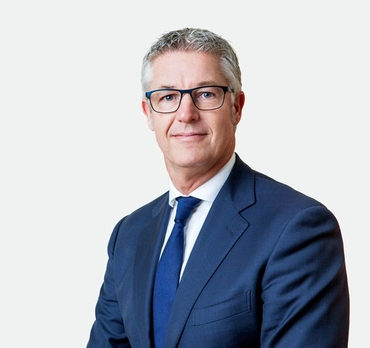
Odfjell Terminals CEO Frank Erkelens
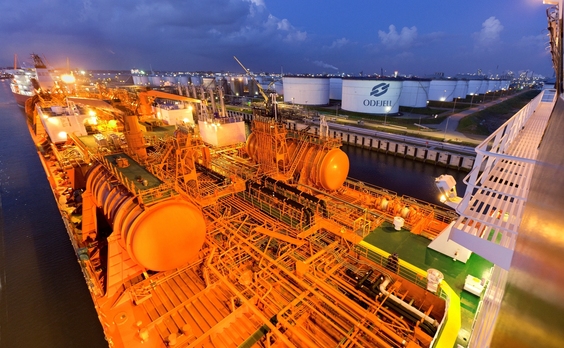
The terminals master plan is based around three main operating principles: safety, service and efficiency.
Standing out from the competition
“What is quite unique about our Rotterdam facility is that we can handle the full range of products. However, we want to specialise our service offering and excel in specific markets where we can offer the most value”.
And to that end, Odfjell is utilising its current assets and expertise to hone in on two particular markets.
Its PID unit, also located in Rotterdam, offers a unique opportunity for its terminal segment to tap into the aromatics market.
As a result of a market shift to using lighter feedstock, crackers will be producing less benzene. Hence, a project has been initiated to explore the feasibility of enabling benzene extraction from pygas and reformates, which will also create the need for storage.
“We believe the aromatics market is another place where can differentiate ourselves,” says Erkelens.
Additionally, the looming 2020 deadline for marine fuels to adhere to the 0.5% Sulphur cap also offers opportunities for Odfjell. ‘Our distillation plant can produce these kinds of fuels already and so for our terminal, we will need to store and offer blending capabilities for both the feedstock and the finished products.
“There is one million m³ currently in service in Rotterdam out of a total of 1.6 million m³. A large part of what is not in operation will be revamped to fit these products and around 400,000 m³ will be focused on aromatics.
“We are also adding a new jetty to service more customers and offer the best in service with the shortest turnaround time.”
Additionally, there is also space at Odfjell Terminals Marine to accommodate up to 400,000 m³ of storage capacity, with excellent jetty infrastructure. However, the company is seeking customers who want to use it as their ‘home’ terminal.
A competitive market
This masterplan will position Odfjell against an otherwise storage-rich market and will focus its operating model on maximising its assets.
